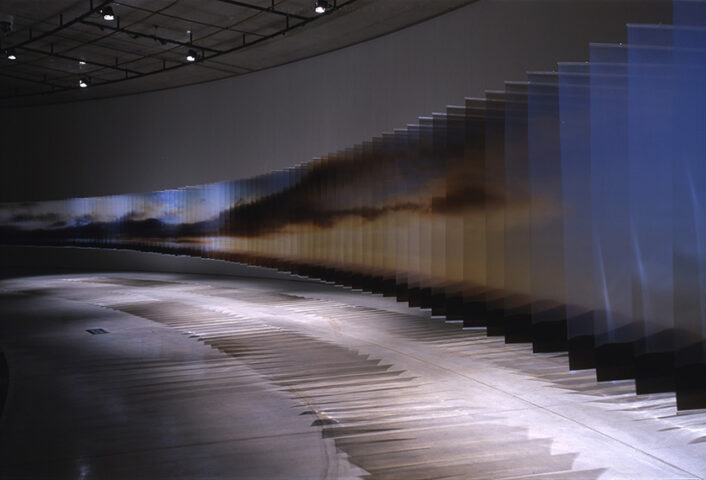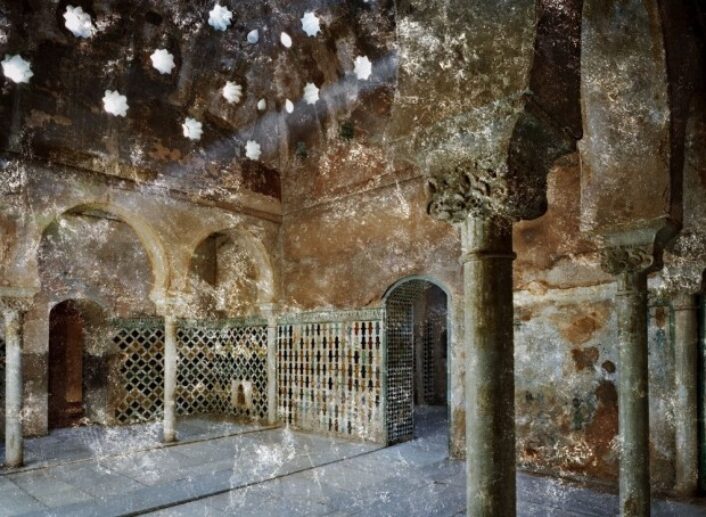Culture
A park dedicated to Hans Christian Andersen’s magic
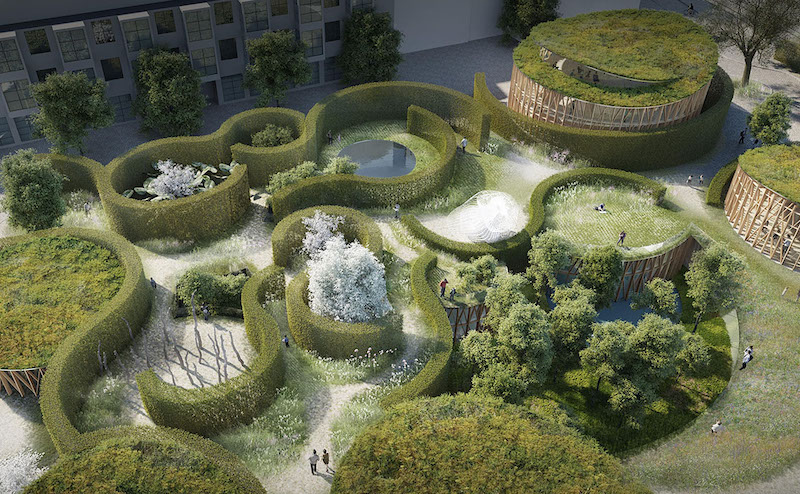
Andersen died in 1875, but his stories are as popular as ever today.
Image courtesy of: Bloo Loop
The beloved author of timeless children’s novels such as “Thumbelina,” “The Little Mermaid,” and “The Ugly Duckling” was known for starting in a “small world” and expanding to a larger universe. Along those same lines, this is the idea behind a new museum-park, H.C. Andersen Haus, that opened last summer in the author’s homeland of Denmark.
Located in Odense, a town not far from where Andersen was born, the inspiration comes from one of his most familiar fairytales, “The Tinderbox.” Kengo Kuma, the architect whose firm is behind this inspirational park-museum said (courtesy of Lonely Planet), “The idea behind the architectural design resembled Andersen’s method, where a small world suddenly expands to a bigger universe.”

The museum is constructed from wooden concentric circles; inside those circles is a beautifully-landscaped, dreamy garden and a maze.
Image courtesy of: Visit Denmark
The architectural design begins with a small world expanding bigger and bigger; this idea was inspired by “The Tinderbox’s” storyline which centers around a tree that has a magical world underneath it. The museum’s creative director, Henrik Lubker, said “His fairytales do not point towards a universal truth, but rather into the open- towards the peculiarity and multiplicity of the world.”
The museum presents Andersen as a curious, intelligent, and paranoid person. The son of a shoemaker, he grew up poor but aspired to live among those in high society. The prolific writer penned many of his stories from the guest rooms of Denmark’s most luxurious castles… he believed in the motto of “faking it until you make it.” Interestingly, Andersen traveled with his own personal escape rope to those storied castles. Just another characteristic of his paranoid state, these attributes are strongly infused into his stories.

An immersive environment.
Image courtesy of: Forbes
The subterranean museum blends traditional, airy Danish architecture with whimsical art installations and winding gardens. The gardens and buildings cover almost 9,000-square-meters; the museum itself is 5,600 square meters and includes an underground section and a children’s house.
The garden, which recently opened to the public, is “hidden” by tall hedges that beckon visitors through winding paths and into a number of exceptional gardens. At the entrance, the garden appears dark… however walking through, you reach the light where blooms seemingly chase away the darkness. The walls of hedges essentially enclose the gardens trapping inside scents and textures; making imaginations soar.
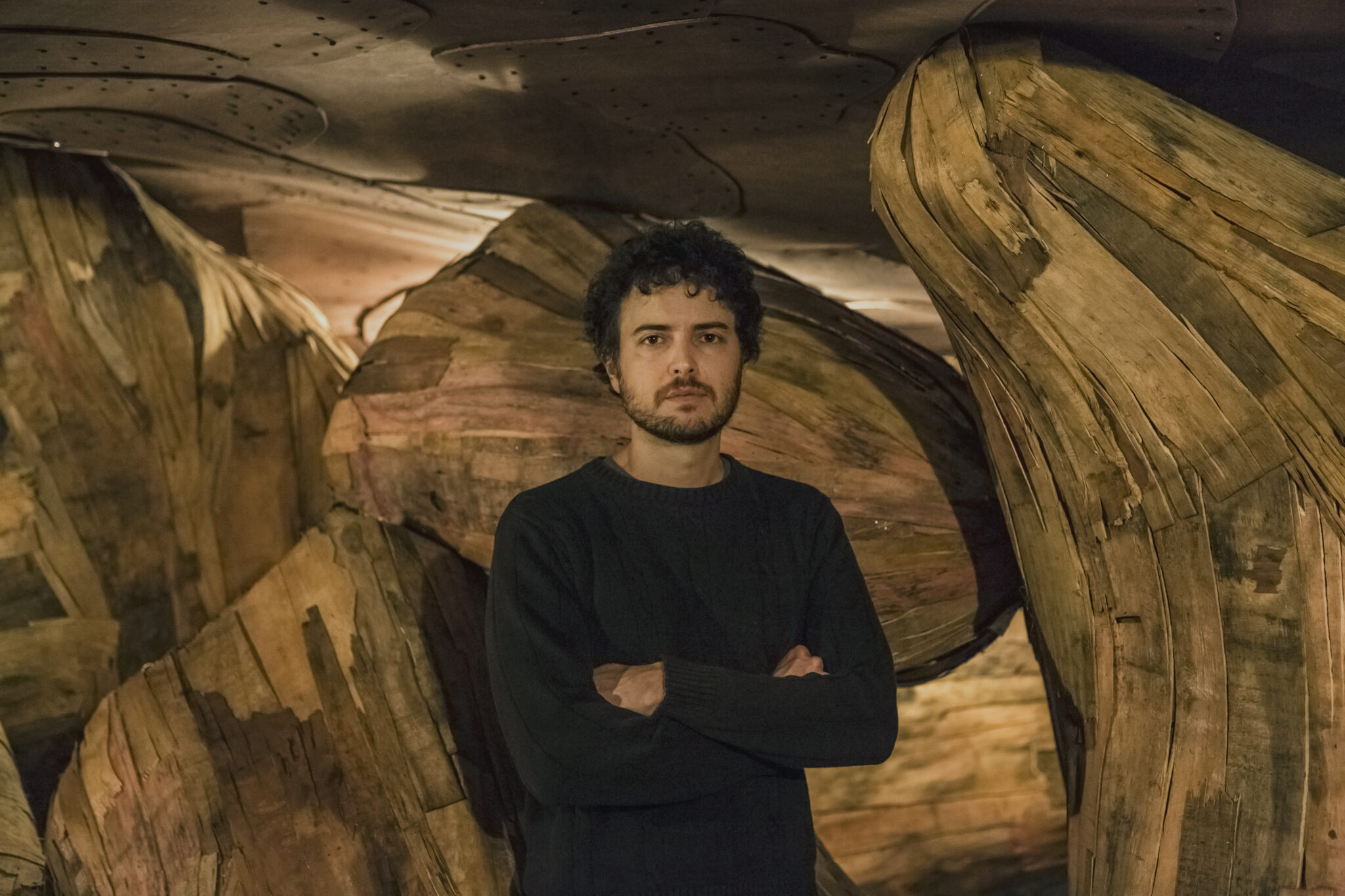
Henrique Oliveria constructed the “tree” for “The Tinder Box” installation. About his creation, he said, “When I was invited to create a piece related to The Tinder Box, the first thing I thought was that, as a foreigner coming from another continent, I could never dare an interpretation of this writer who is part and parcel of Denmark’s culture. However, I realized that my work could act as a point of intersection between his story and the new H.C. Andersen’s House.”
Image courtesy of: H.C. Andersen Haus
The museum is a convergence of beauty and imagination; and a place where architecture brings nature inside. Similar to the author’s storylines, the space provokes us to see things in a different light. Sound, light, space, and atmosphere were created for innovative exhibitions with the help of twelve international artists.
The artists that collaborated on this immersive project come from a variety of different mediums. There is, for example, Timothy David Orme who is an illustrator that created scenes based on Andersen’s personal travel drawings. Orme was selected to design an illustration that is a guided journey consisting of ten synchronized screens that work cohesively to assist visitors in getting inside Andersen’s mind. The British puppet-maker Andy Gent made all the dolls for four different scenes. Familiar with “big projects,” he previously worked with Tim Burton and Wes Anderson. And Veronica Hodges is a Danish paper-cut artist who designed and constructed the swallows installation in “Thumbelina.”
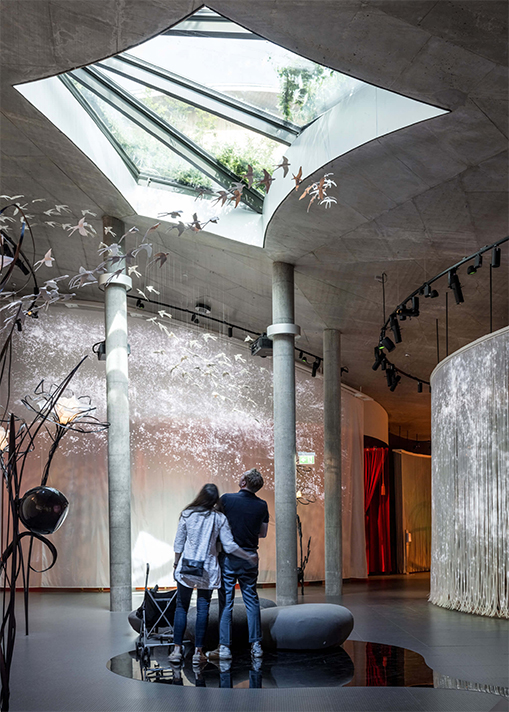
Inside… the Thumbelina installation by Veronica Hodges presents a beautiful swarm of swallows!
Image courtesy of: Arch Paper, photographed by: Rasnus Hjortshoj
It was a big feat for the Japanese architect to win the 2016 international design competition for the project. The Danish landscape architecture firm MASU Planning was the perfect compliment to Kuma’s design company. The ingenious architecture presents a trio of cylindrical pavilions each clad in glazing and wrapped with lattice timber facades. Natural light floods the interior and typical to Kuma’s architecture, the building is made from natural materials. Throughout, traditional Japanese design prevails in a stunning, elegant manner.
Instantly, this gorgeous locale is the new architectural landmark for a city that is undergoing its own “rebranding.” The new H.C. Andersen Haus is right smack in the center of the city and a stones-throw away from other regenerations currently taking place. Lubker sums up the idea behind it all, “His fairytales do not point towards a universal truth, but rather into the open-towards the peculiarity and multiplicity of the world. In the new museum, we maintain this ambiguity by using Andersen’s own artistic strategies as the starting point for how the garden, the house and the exhibition have all been shaped, as well as for the many artistic contributions that will also be part of the museum.”
